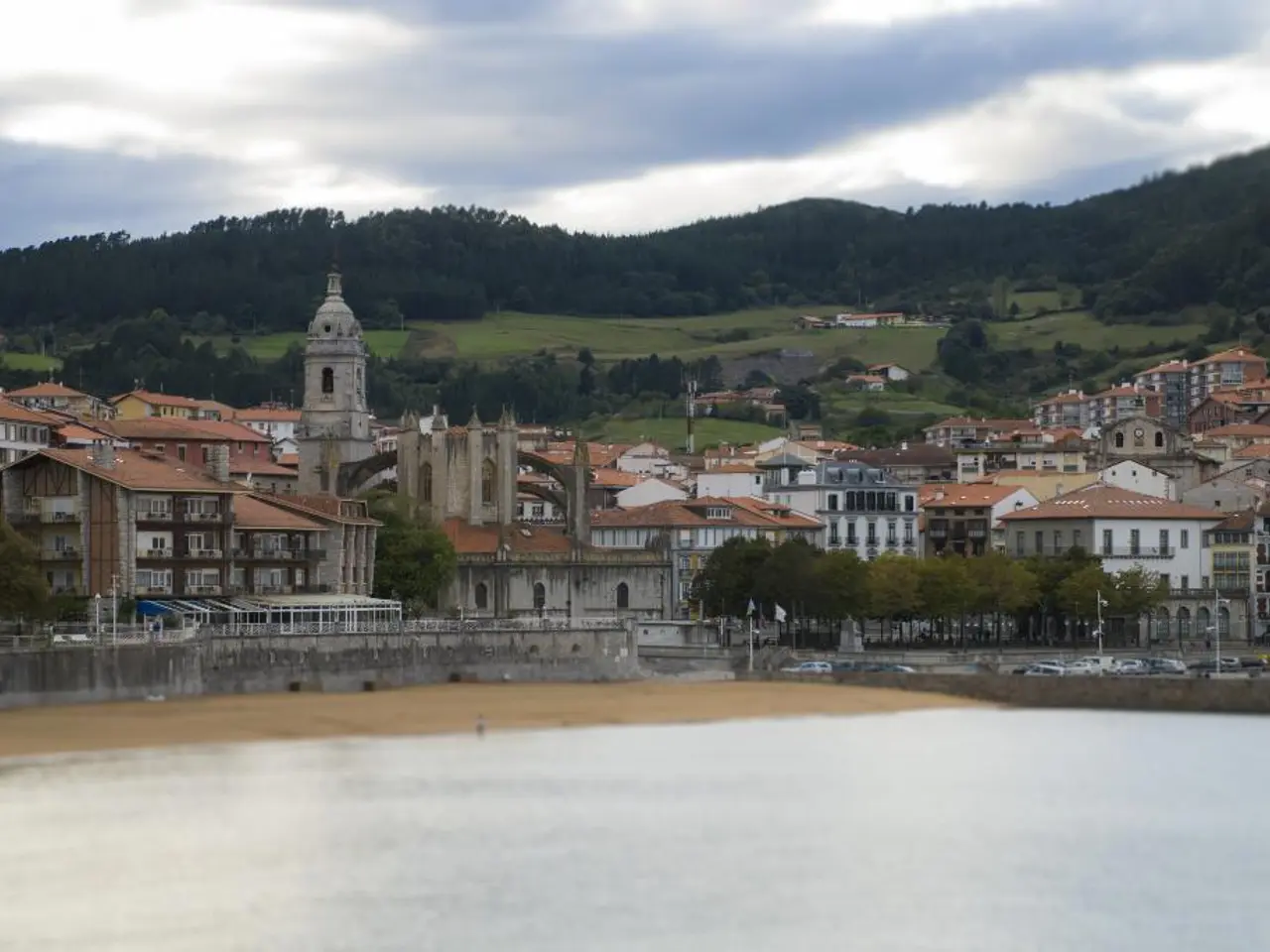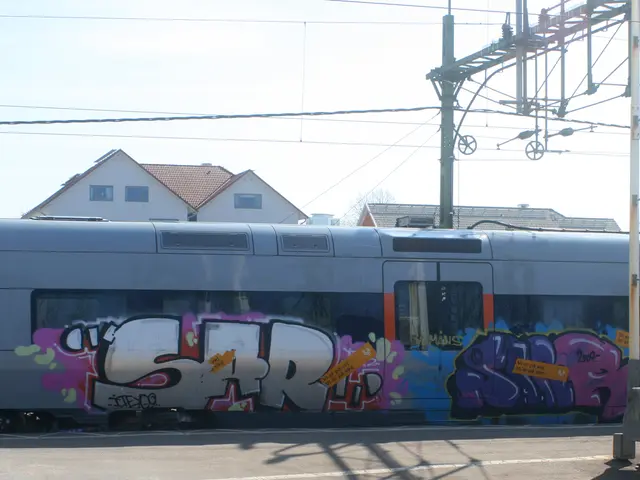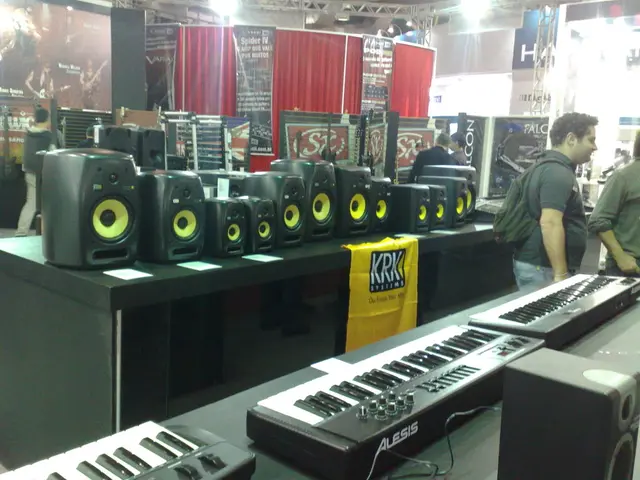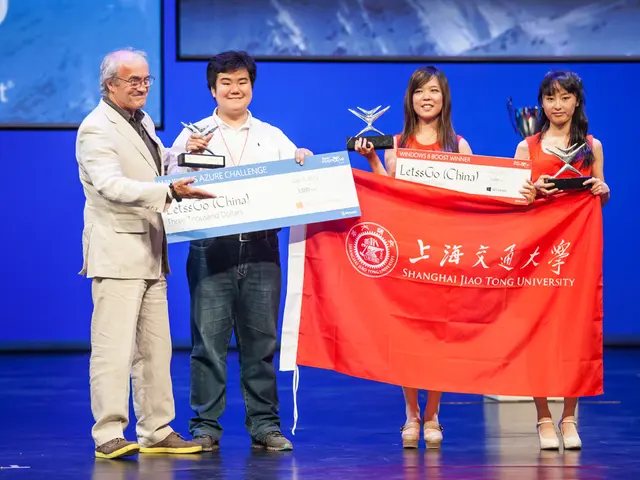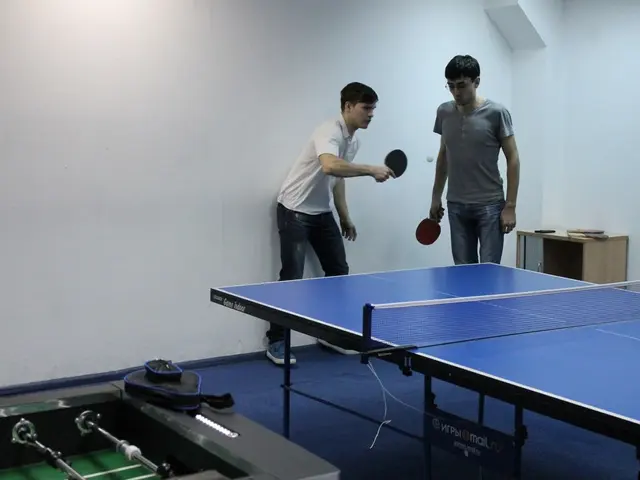Limitations of Production Capacity: Explanations, Assumptions, Variables That Change
The Production Possibilities Curve (PPC) is an essential economic model that illustrates the efficient production of two goods using available resources and technology. This model provides valuable insights into the tradeoffs we face when dealing with limited resources, the importance of efficiency, and the impact of innovation on economic growth.
At its core, the PPC assumes that resources are fixed and production technology or technique is constant. However, changes in various factors can cause the curve to shift, offering a more comprehensive view of our economic potential.
For instance, advancements in production techniques (knowledge and technology) or innovation in technology and production methods can lead to a rightward shift in the PPC, indicating a growing economy. This means we can produce more shoes and clothes using existing resources, thereby expanding our economic output.
On the other hand, depleted natural resources, less available labor, a less productive workforce, low physical capital accumulation, poor quality physical capital, poor production technology and techniques, and low research and development can cause a leftward shift in the PPC. This indicates contraction, suggesting a decrease in our ability to produce goods and services.
The PPC also highlights the tradeoff between producing two goods when faced with limited resources. For example, if we decide to produce more shoes, we may have fewer resources available to produce clothes, leading to an opportunity cost. This tradeoff is represented by the slope of the PPC, with a steeper slope indicating a greater opportunity cost.
Efficiency is crucial in the PPC model because not all goods can be produced to meet needs and desires with limited resources. The ideal points at which we produce efficiently and maximize resources form a curve when connected, with the curve's slope representing the tradeoff between making one good or the other. Point X on the curve represents an impossible point for us to reach with the existing resources and production techniques, while Point Z represents inefficient production.
Countries with strong economies and high innovation capacity, such as Sweden, Denmark, Germany, the United States, Japan, and South Korea, are able to invest more in research and development to shift their PPC to the right. This is supported by substantial public and private R&D expenditures and strategic government investments.
The PPC uses a two-dimensional curve for easier comprehension of basic concepts, despite the existence of many goods and services in the real world. However, it provides a fundamental understanding of how we can maximize the available resources to produce the two things we most need and want, and how we deal with tradeoffs in allocating resources.
In conclusion, the Production Possibilities Curve is a powerful tool for understanding the complexities of economic production and the tradeoffs involved in resource allocation. By understanding this model, we can make informed decisions about how to best utilise our resources to achieve our economic goals.
Read also:
- Peptide YY (PYY): Exploring its Role in Appetite Suppression, Intestinal Health, and Cognitive Links
- Toddler Health: Rotavirus Signs, Origins, and Potential Complications
- Digestive issues and heart discomfort: Root causes and associated health conditions
- House Infernos: Deadly Hazards Surpassing the Flames
